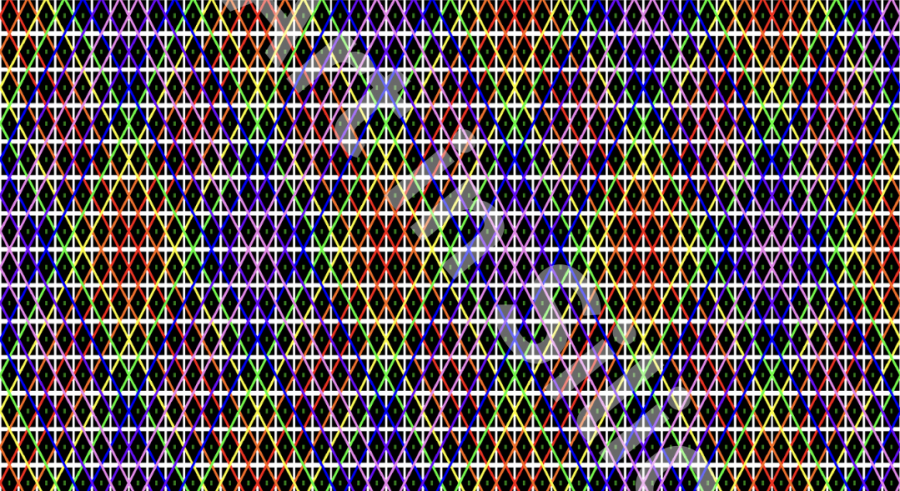
by Amanda Stump, Institute of Computing and Cybersystems
The inaugural “Art in Silico” juried art show is a wrap! A big thank-you to the planning committee, 5th & Elm, and to all who came out and supported the artists! Overall we raised over $1,200 for MTU student scholarships and the Copper Country Community Arts Center.
Show winners were announced at the event from the jury panel of Terri Frew (VPA), Bonnie Loukus (CCCAC), and Cynthia Cote (CCCAC).
View the “Art in Silico” online gallery.
- Honorable Mention: Master’s student Michael Elegah (Mathematics Science) for his piece “Visualization of a Partition Data Function” — “The Riemann zeta function is a central function in complex analysis, and is at the heart of the greatest open problem in number theory, the Riemann Hypothesis that conjectures a beautiful pattern for the roots of the function.”
- Honorable Mention: Master’s student Yogendra Kanchapu (Health Informatics) for his piece “4000AD: A Portrait of Houghton,” which “envisions a future version of Houghton, Michigan, with advanced technological advancements and a thriving community.”
- Most Creative: Scott Kuhl (CS/CLS) for “Film Streaks,” which involved “2D images created from popular films using a simple algorithm. These images provide a glimpse into the color schemes, take length, camera movements and other aspects of the films.” Kuhl is a member of the Institute of Computing and Cybersystems’s (ICC) Center for Human-Centered Computing (HCC).
- Most Innovative: Ph.D. candidate Evan Lucas (ECE) for “Emails from Dean Lovecraft” and interactive display. “A language model was trained on the works of H. P. Lovecraft, as well as several years of emails from the MTU Dean of Students. This is an interactive work where users can supply a subject line and the model will generate an email inspired both by real Dean emails and the work of legendary horror author H. P. Lovecraft.”
- Best of Show: Ph.D. candidate Chloe McCarthy (Applied Mathematics) for “Computational Sona-Kolam With Rainbow Loops.” “This computer-generated design is the first example produced in a computational and theoretical study of traditional African and Indian art in Dr. Robert Schneider’s discrete mathematics research group. In Central Africa there are diagrammatic designs called sona, usually drawn in sand by storytellers, which are composed of geometrically-arranged dots enclosed within winding loops. Produced by a simple algorithm, sona represent visually-gorgeous patterns of high complexity.”